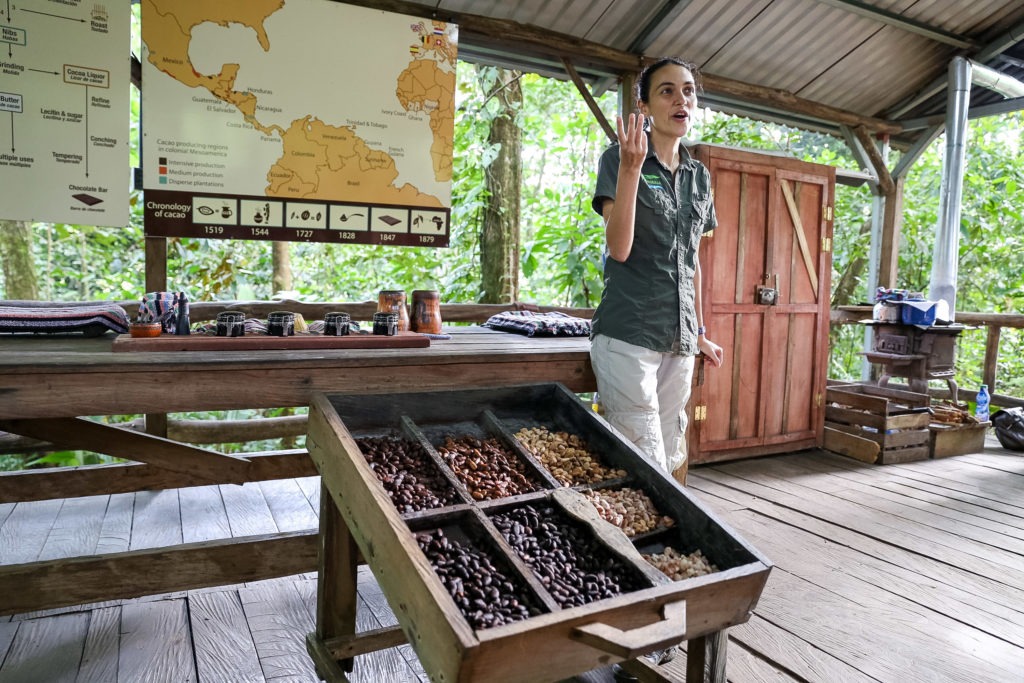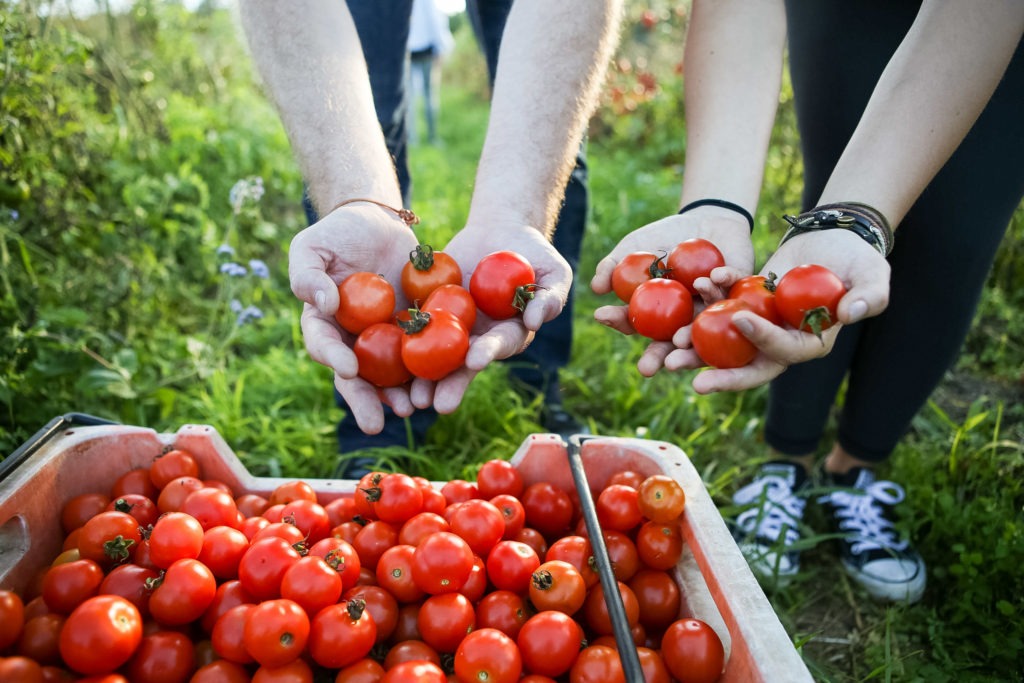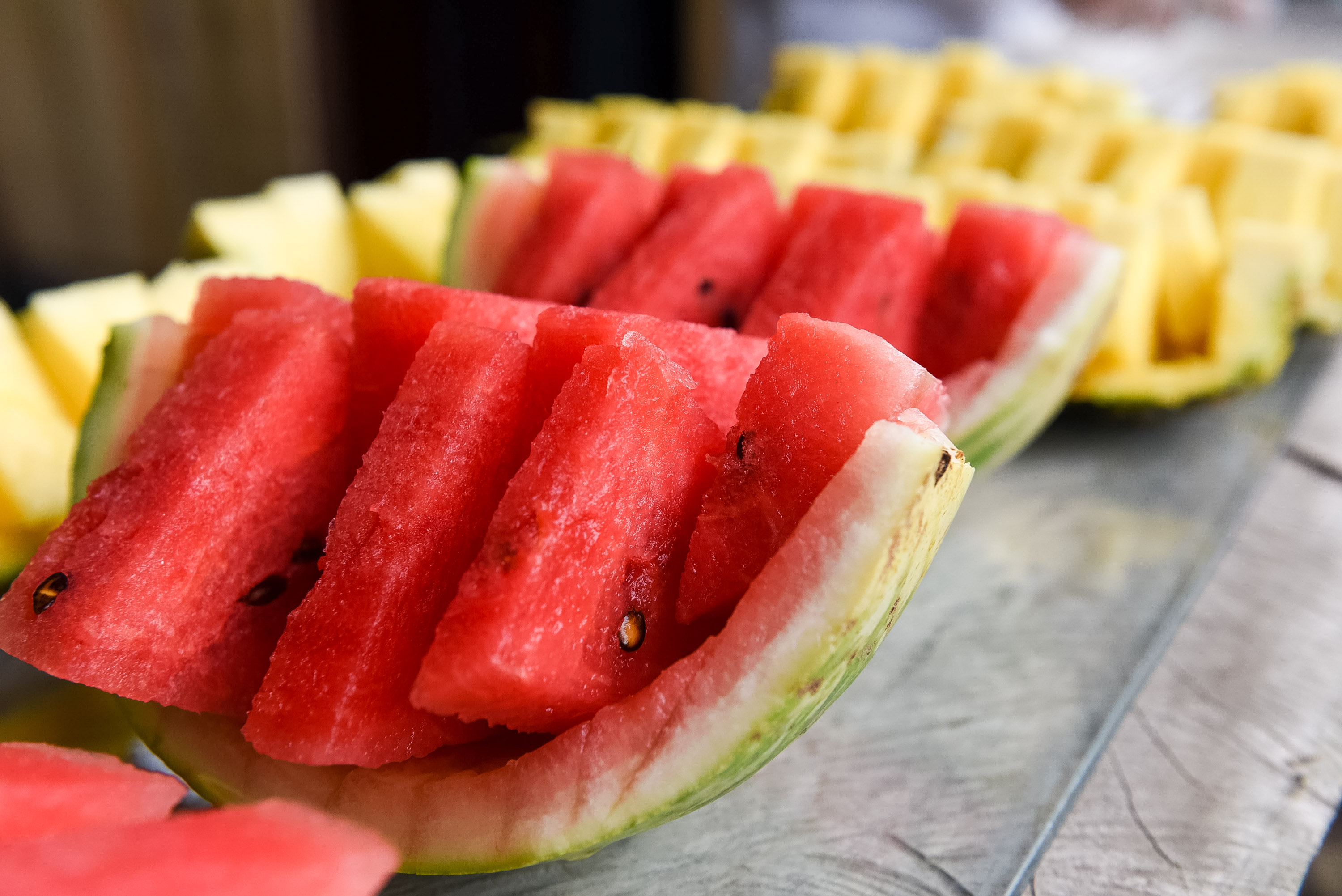Course Director, Lean Sweeney shares her teaching philosophy and experience living in Mexico. Lean Sweeney defended her doctoral dissertation, “Stateless Space and Nationless Citizens: Tools of State-Making on the Chiapas-Guatemala Border, 1821-1899” in April of 2019 at the University of New Mexico in Albuquerque and received a Master’s in Mexican History from the Universidad Nacional Autónoma de Mexico in 2004.
It’s true that making art forces us to look at things differently. When my daughter wanted to be a banana for Halloween, I spent a good hour drawing the Dole sticker to put on her belly. I was struck by the details I had to cover – the barcode, the emblem, the country from whence it hailed. Not long after that I noticed that a banana on a bunch we had recently bought not only had a barcode and the Dole emblem, but the face of Darth Vader. Dole and Disney had struck a deal to “lure American children to the healthy delights of fruit and vegetables,” according to an October, 2016 Fortune article.
How did a piece of fruit become a movie billboard? And what could students of Latin American history learn from studying fruit labels? More importantly, what could they un-learn?
With a doctorate in history, and after living in Mexico for almost ten years, I have become fascinated with the many details historians often leave out of their studies. These details are often the ones that can make past histories extremely relevant to today’s students. While some students are exposed to the ways nineteenth century U.S. entrepreneurial ventures (like that of United Fruit in Central America and Dole in the Pacific) have started wars and restructured regional politics and environments, few have considered the way these endeavors have reframed people’s relationships to food, health, and popular culture.
The key to getting these broadened perspectives is seeing these same fruits being sold at a stand, without their Darth Vader labels, in their country of origin. For students who are used to walking into Whole Foods and always having a plethora of fruits available, it’s the experience of coming face to face with where each type of produce is from and its seasonal availability. Instead of standing in a pristine checkout aisle and swiping your credit card, having to haggle with the fruit sellers, or elbow out fellow customers

Those experiences, like that of talking to locals about emigration to the U.S., or learning about women’s efforts to combat gender-based violence from an NGO, are what change our understandings of the world.
As Course Director for Verto’s modern Latin American history course, I have paired first-hand accounts, documents, decrees, diaries, and a diversity of images with group activities and discussions that ask students to be detectives of history. It will be their job to interpret the past through it’s artifacts. Students will look at the modern history of Latin America with a view to the different justifications for, and forms of resistance against, regimes of inequality. The general premise is that battles for political and economic power or legitimacy in Latin America have been waged under different logics, in a variety of different settings, and under different names, but that over time they have remained as forces for creating inequality.
On the other hand, what makes the historian’s lens on these seemingly cyclical patterns interesting is the unique and creative responses to regimes of inequality by individuals and groups over time. On one hand we have Catholicism, patriarchy, “whiteness,” “progress”, and citizenship framing changing hierarchies of belonging and exclusion over the course of centuries. On the other hand, there have been multi-pronged, creative responses to these regimes: Sor Juana Inés de la Cruz, a 17th century illegitimate female child prodigy defying Church, state and social boundaries; the Haitian Revolution, not only eliminating slavery but creating an all-inclusive black republic; Cold War revolutionary efforts not only to battle capitalism and imperialism but to transform local understandings of gender and sex; and student-led activism against anti-Haitian racism in the Dominican Republic today.

We may not look at bananas and think, Central America, imperialism, diseases, death, war, and cover-up. Nor might a rum and Coke get us thinking about U.S. imperialism in Cuba, or the treatment of Haitian cane cutters in the Dominican Republic. Yet the details of our everyday lives in the U.S. and elsewhere have deep historical roots, and chances are we have missed out not only on an examination of those roots but, more importantly, the many ways in which locals have reframed those experiences to combat their negative effects.
What history lends to these stories is the innovative, singular, human side. There are economic and political patterns that shift and resurface over time, but only once do a group of sisters, in the context of 1950s sexism and a Dominican dictatorship lasting over 30 years, form a critical activist group against the regime, helping to bring about its demise. Further, these women’s particular actions, and the specific nature of Rafael Trujillo’s power and strategies of control, become unique through looking at their own writing from that time. Pair those documents with the experience of walking into a museum dedicated to the memory of anti-Trujillo resistance, in the company of a longtime island resident, and your ability to look at events, people, and processes, in both the past and present (and to imagine them in the future) has expanded substantially.
Verto’s students have the opportunity to be their own topic’s experts–their view into the past and its connection to the present is also unique. Further, their peripheral vision more generally is expanded, allowing the unique connections they make across borders, disciplines and time valuable to all of us.


